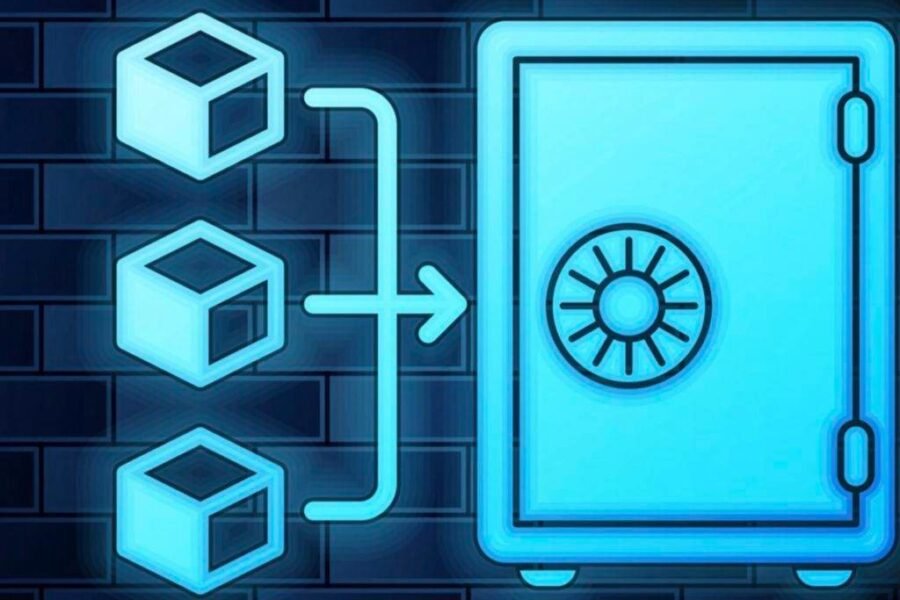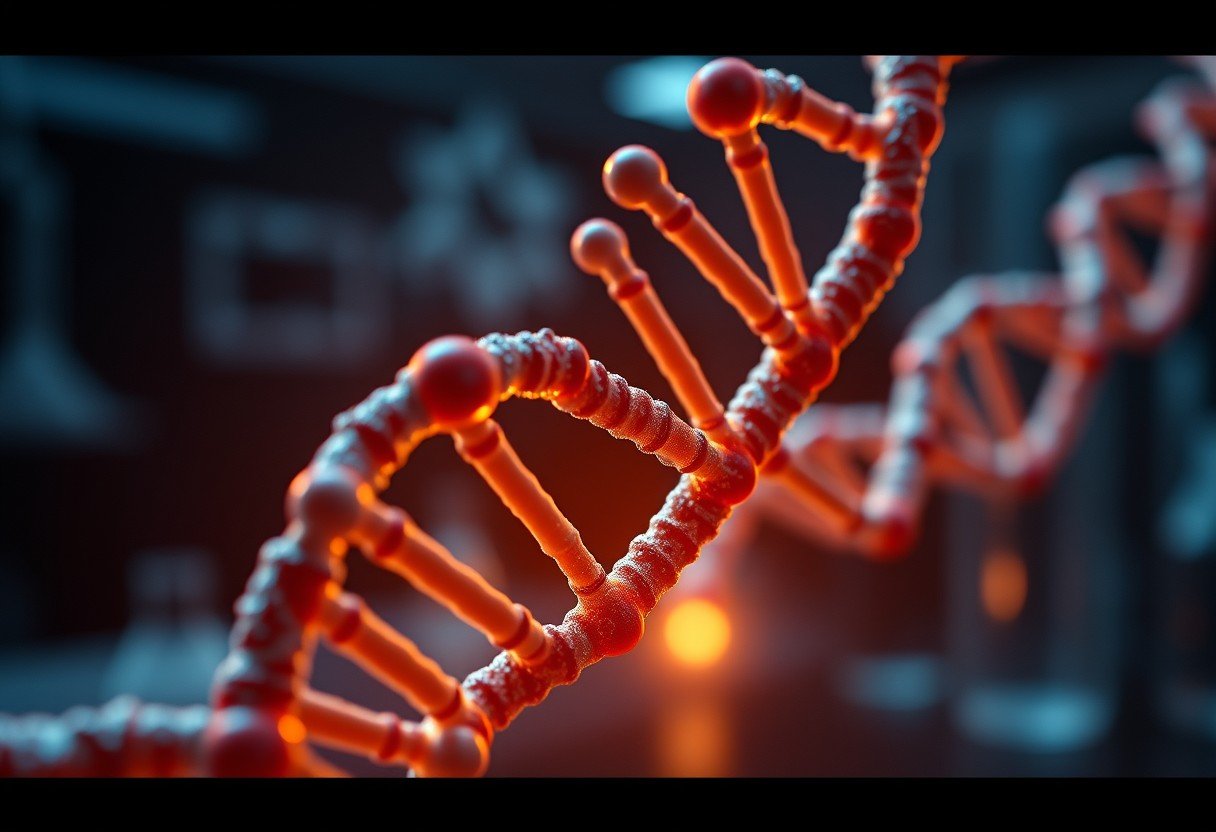Just imagine exploring the possibility of a large terrestrial planet that could have formed in the region of the asteroid belt between Mars and Jupiter. This intriguing question challenges our understanding of planetary formation and the dynamics of our solar system. In this blog post, you will uncover the evidence and theories surrounding the formation of such a planet, the factors that may have hindered its development, and what it means for the celestial bodies we observe today. Prepare to examine the fascinating history of our cosmic neighborhood.
Key Takeaways:
- Formation Theories: The asteroid belt may have been the remnants of a large terrestrial planet that never fully formed due to gravitational disturbances from nearby Jupiter.
- Gravitational Interference: Jupiter’s immense gravity likely prevented the accretion of material in the asteroid belt, keeping it from coalescing into a planet.
- Solar System Dynamics: The evolution of the solar system’s architecture, including the positioning of planets, played a significant role in the asteroid belt’s configuration.
- Size and Composition: The objects within the asteroid belt vary in size and composition, providing insights into the building blocks of terrestrial planets.
- Scientific Implications: Understanding the history of the asteroid belt can help scientists learn more about planetary formation and the conditions of early solar systems.
Formation of the Solar System
Your understanding of the solar system’s formation begins with the gravitational collapse of a vast cloud of gas and dust, known as the solar nebula. This process initiated around 4.6 billion years ago and led to the birth of the Sun and the planets we know today. As material coalesced and formed a spinning disk, processes such as protostar development and planetary accretion took place, ultimately shaping the structure of the solar system.
Overview of the Solar Nebula Theory
For centuries, scientists have been puzzled by the origin of our solar system. The Solar Nebula Theory provides one of the most widely accepted explanations, suggesting that our solar system formed from the gravitational collapse of a Nebula. This theory explains the different compositions and structures of the planets, garnering significant support through various observational data.
The Role of Accretion in Planet Formation
Nebula dynamics played a crucial role in the early formation of celestial bodies, with accretion being a key process. As particles collided and stuck together, larger bodies gradually emerged, forming the building blocks of planets. This phase of accretion illustrates how the solar system developed into its current state and how the processes occurring within it influence planetary formation and differentiation.
Formation through accretion involved multiple stages, beginning with microscopic dust particles that collided and merged over millions of years. As these particles grew into larger objects called planetesimals, their gravitational pull increased, attracting more material. This continuous process led to the creation of protoplanets, which eventually coalesced into the planets we see today. The efficiency of this accretion process was influenced by various factors, including the density of the material in the solar nebula and the dynamics of gas and dust within it, ultimately shaping the diverse planetary architecture of our solar system.
The Asteroid Belt: Characteristics and Composition
Assuming you’re curious about the asteroid belt, the region between Mars and Jupiter hosts a diverse range of celestial bodies that hold crucial insights into our solar system’s formation. Primarily composed of rock and metal, these fragments range widely in size and shape, giving you a glimpse into the remnants of early solar system material. The belt serves as a playground for both observational and theoretical studies in planetary science, providing clues about the processes that shaped terrestrial planets.
Structure and Size of the Asteroid Belt
Characteristics of the asteroid belt include its considerable size, spanning approximately 1 AU (astronomical unit) in width and containing millions of asteroids. While most asteroids are small, there are some larger ones that can measure up to hundreds of kilometers in diameter. Its structure reveals a complex arrangement of orbits that provides valuable data about gravitational forces in the solar system.
| Aspect | Details |
| Width | About 1 AU (150 million km) |
| Number of Asteroids | Estimated at over 1 million |
| Largest Asteroid | Ceres, diameter of approximately 940 km |
| Composition | Mainly rock and metal, some containing water ice |
| Orbit Distribution | Non-uniform, varying distances from the Sun |
Types of Asteroids and Their Origins
For instance, the types of asteroids found in the asteroid belt are classified based on their composition and origins. You will encounter several categories, including C-type (carbonaceous), S-type (silicaceous), and M-type (metallic) asteroids, each giving clues as to where they formed. Their origins are linked to the remnants of the protoplanetary disk that circled the early Sun, providing vital information about your solar system’s history.
| Type of Asteroid | Characteristics |
| C-Type | Carbon-rich, dark appearance |
| S-Type | Silicate and metal, lighter surface |
| M-Type | Metallic, predominantly iron |
| Vesta | Basaltic surface, distinct from typical asteroids |
| Trojan Asteroids | Orbit near gas giants, lead and trail their orbits |
Knowing the different types of asteroids and their origins can enhance your understanding of the early solar system. Carbon-rich asteroids like C-types are often considered the building blocks of planets. On the other hand, S-types are thought to be remnants of differentiated bodies, while M-types may have originated from fragmented metallic cores. Each type tells you a story about the conditions existing during their formation.
- C-type: Rich in carbon, possibly containing organic compounds.
- S-type: Silicate fragments extensively studied for their mineral compositions.
- M-type: Metals such as nickel and iron, giving evidence of past high-energy collisions.
- Vesta: A unique asteroid with a history of volcanic activity.
- Trojan asteroids: They provide insights into the stability and dynamics of the solar system.
In closing, the study of the asteroid belt reveals complex characteristics and diverse types of asteroids. By understanding their origins, you gain insights not only into the past of your solar system but also into the processes that influence the formation of planetary bodies.
Theories of Planet Formation in the Asteroid Belt
For astronomers, the formation of the asteroid belt remains an intriguing puzzle. Various theories suggest that the region could have been home to a large terrestrial planet if not for the dynamic processes at play. You’ll discover that the gravitational influences within the solar system and the interactions among primordial material shaped the characteristics we observe today.
Gravitational Interactions and Planetary Embryos
Interactions between various bodies in the early solar system created complex gravitational dynamics. These interactions may have allowed for the formation of planetary embryos, which were small, developing planets that could have grown larger. However, as these embryos formed, their orbits were perturbed, preventing them from accumulating enough mass to become a full-fledged planet.
The Role of Jupiter in Shaping the Asteroid Belt
Interactions with Jupiter have been crucial in determining the fate of the asteroid belt. As the massive gas giant formed, its strong gravitational pull disrupted the orbits of nearby planetary embryos and debris, effectively preventing them from coalescing into a larger planet.
Asteroid belt dynamics can be largely attributed to Jupiter’s immense gravity, which played a pivotal role in shaping the region. The planet’s gravitational forces cleared a path for asteroids, scattering many while also preventing the formation of a larger terrestrial planet. As a result, you can see that Jupiter’s powerful influence not only shaped the belt’s structure but also helped to maintain a population of smaller bodies that we observe today.

Evidence for a Large Terrestrial Planet
All evidence suggests that the region of the Asteroid Belt may have once harbored a large terrestrial planet. The peculiar orbits of certain asteroids and their compositions provide compelling clues that point to the past existence of a planet that either never fully formed or was destroyed. Understanding these indicators can help you grasp the complexities of planetary formation in our solar system.
Geological and Astronomical Indicators
Indicators of a former large terrestrial planet include the presence of unusual asteroid compositions and dynamical patterns that deviate from typical models. For instance, certain asteroid families exhibit characteristics that suggest they may have originated from a larger body, further implying that a planet could have played a role in shaping the current lineup of the asteroid belt.
Simulation Studies and Their Findings
With advances in computer modeling, researchers have conducted simulations that explore the dynamics of planet formation in the asteroid belt region. These studies often reveal that under specific conditions, a large planet could have formed and then succumbed to gravitational forces, causing fragmentation and the subsequent creation of the current asteroid population.
This body of simulation research highlights that the gravitational interactions between a hypothetical large planet and other celestial bodies could lead to varied outcomes, including the clearing of space within the belt or, conversely, the clustering of smaller objects. The results suggest that if such a planet existed, its interactions could account for the asteroids we observe today, further underlining the need for further exploration in this intriguing aspect of our solar system’s history.
The Fate of a Hypothetical Planet
Unlike the planets that we observe today, a hypothetical large terrestrial planet in the region of the asteroid belt would have faced significant challenges to its stability. Without sufficient mass to dominate its surroundings and deter disruptive gravitational influences, this planet might have been drawn into an orbital decay, eventually leading to its fragmentation or collision with other celestial bodies. Consequently, the formation of a large planet in this region appears less plausible, serving as a testament to the complexities of planetary formation.
The Impact of Migration and Disruption
For a hypothetical planet in the asteroid belt, the gravitational effects of nearby gas giants, particularly Jupiter, would have caused significant orbital migration and disruption. Such dynamics could have resulted in drastic changes to the planet’s trajectory, potentially leading to instability and eventual disintegration as it struggled against the immense forces exerted by these larger bodies.
Implications for Current Asteroids
Impact events throughout the solar system have shaped the current distribution and characteristics of asteroids in the belt today. As remnants of a bygone era when a large planet might have formed, these asteroids offer valuable insights for understanding the processes that govern planetary formation and evolution.
Understanding the historical implications of a potential large planet in the asteroid belt enhances your insight into the existing asteroid population. The irregularity in their sizes, compositions, and orbits can be traced back to the dynamic interactions that took place during the early solar system’s formation. The gravitational perturbations caused by nearby massive bodies likely fragmented larger proto-planets, leading to the diverse array of asteroids you observe today. By studying these asteroids, you gain knowledge of the conditions and forces at play that shaped their current state.
Comparative Analysis with Other Celestial Bodies
Once again, assessing the characteristics of other celestial bodies helps to illuminate the enigmatic past of our own asteroid belt. By comparing the asteroid belt to similar systems, you can draw valuable insights regarding planetary formation and dynamics. Below is a table highlighting key comparisons.
| Feature | Asteroid Belt |
| Composition | Rocky and metallic |
| Size | Between Mars and Jupiter |
| Presence of Planets | No large body |
| Comparative Systems | Haupt asteroid belt, Kuiper belt |
Similarities with Other Planetary Systems
One notable similarity is the presence of gaps and debris in other planetary systems, reminiscent of our own asteroid belt. This reflects the gravitational influences of large planets, shaping the respective regions and hinting at the formation histories that could have led to similar outcomes.
Insights from Exoplanet Research
Analysis of exoplanetary systems has revealed that many have regions comparable to the asteroid belt. This indicates that your understanding of planetary formation is broadened by observing diverse planetary architectures, providing context on how mass accumulation and gravitational dynamics play crucial roles.
A growing body of evidence from exoplanet research suggests that systems with distinct gaps and asteroid-like populations may mirror the processes that could have transpired in our own solar system. By examining these distant worlds, you can appreciate the complexities of planetary formation and the variety of outcomes, including the potential for large terrestrial planets that never coalesced, just like the dynamics observed in the asteroid belt. This underscores the importance of your continued exploration into planetary science and the broader universal patterns that emerge from it.
Conclusion
So, while it remains uncertain whether a large terrestrial planet ever formed in the region of the asteroid belt, the prevailing theories suggest that gravitational interactions and the influence of nearby Jupiter likely prevented such an occurrence. You can appreciate the dynamic history of our solar system, which showcases how celestial mechanics and collisions shaped the current asteroid belt, leaving behind a fascinating collection of remnants. The ongoing exploration of these bodies may one day provide more clues regarding the early formation processes of planets in your cosmic neighborhood.
FAQ
Q: Did a large terrestrial planet ever form in the region of the asteroid belt?
A: The asteroid belt, located between the orbits of Mars and Jupiter, contains numerous small rocky bodies but no large terrestrial planet. Current theories suggest that while materials necessary for planet formation were present in this region, the gravitational influence of nearby Jupiter disrupted the accretion process, preventing the formation of a larger planet.
Q: What role did Jupiter play in the formation of the asteroid belt?
A: Jupiter’s massive gravitational influence significantly affected the material in the asteroid belt. As a gas giant, Jupiter generated strong gravitational forces that prevented smaller bodies from coalescing into a larger planet. Instead, these bodies remained as smaller asteroids due to the perturbations caused by Jupiter’s orbit.
Q: Are there any remnants of a planet that could have existed in the asteroid belt?
A: While there are no remnants of a large terrestrial planet, some theories propose that there may have been a larger body that was slowly ground down into smaller asteroids due to collisions and gravitational interactions. However, there is no definitive evidence to support the existence of such a planet.
Q: How do scientists study the history of the asteroid belt and potential planets?
A: Scientists use a combination of observational data from telescopes, spacecraft missions (such as NASA’s Dawn mission), and computer simulations to study the asteroid belt. By analyzing the composition, size distribution, and orbits of the asteroids, researchers can infer the history of the region and the processes that shaped it, including those that prevented the formation of a large planet.
Q: What are some current theories about the formation of the asteroid belt?
A: Current theories suggest that the asteroid belt formed from the primordial material that never coalesced into a planet due to Jupiter’s influence. Additionally, some researchers propose that the belt might represent remnants from larger objects that fragmented due to high-speed collisions or that the region experienced a complex history of interactions with nearby bodies, contributing to the current distribution of asteroids.








Leave a Comment